Pregnancy and parenthood are overwhelming even in the most ideal circumstances. For some, the time before a baby arrives is spent choosing the right stroller or figuring out how to install a car seat. But for parents without stable housing or income, the stakes are higher. Every decision feels critical: rent or diapers, formula or gas, all while trying to get enough nourishing food to support a healthy pregnancy.
For 36 years, Homeless Prenatal Program (HPP) has helped lighten the load for expecting parents by providing the tools and support they need to build healthy, stable families. Located in San Francisco’s Mission District, HPP connects pregnant people and their partners with parenting classes, case management, housing support, and fresh groceries through a long-standing partnership with the San Francisco-Marin Food Bank.
For many staff members, the work is deeply personal.
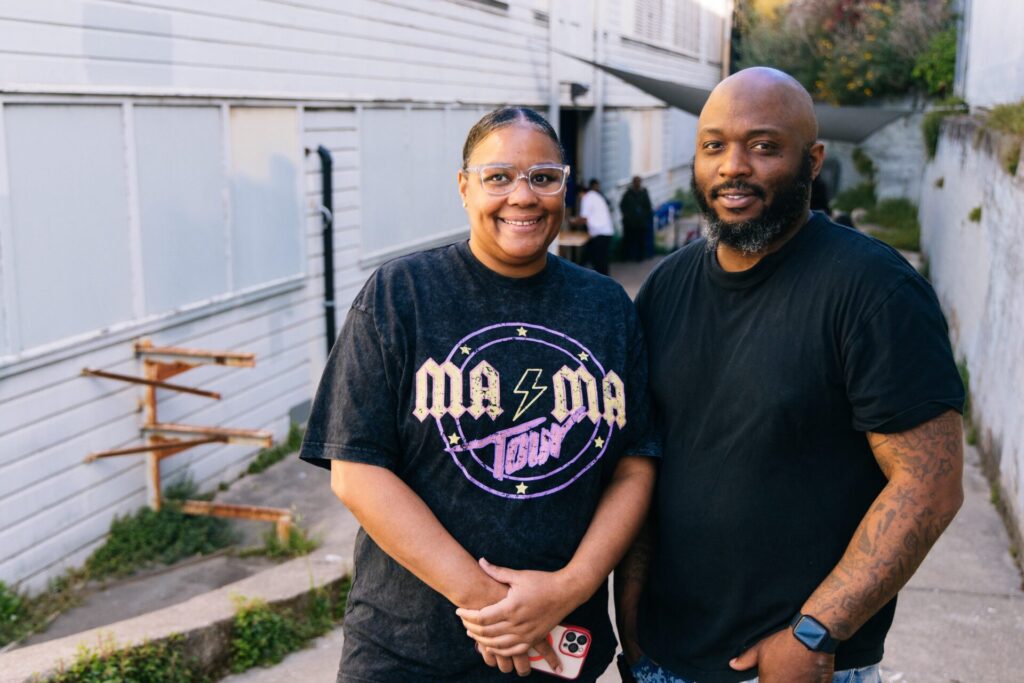
“My journey started here,” declares Mike Brown, a Community Staff Member at HPP. “I used these services before, and now I’m able to give back. I owe it.”
Mike oversees the same pantry line he once stood in as a kid. His connection to the Food Bank goes back decades, to when his mom turned to HPP for support while raising him on her own and trying to get by during unemployment.
“My mom had me young,” he says. “So we basically grew up together.” He remembers the palpable relief of leaving the pantry with food. It’s why he admires his mother for the strength it took to ask for help, and why he understands how much that support means to families.
“Whether it’s a bag of rice or the eggs this week, it’s all very necessary,” Mike says. “It may be just some carrots and some radishes, but that goes a long way when you have nothing.”
As Mike shares his story, Rashawna nods in agreement. She found HPP in 2009, when she was pregnant and full of questions. “Back then, there were not many mom classes available,” she recalls. “[HPP] had the support I needed.”
Through breastfeeding education and peer support, she was able to prepare for her growing family. And with crucial access to fresh produce and pantry staples from the Food Bank, she built a stable foundation for her and her child.
“It was feeding me, it was feeding my children. It was putting food in the household,” Rashawna says. “When you don’t have that money to make ends meet, then you have the food [from the Food Bank] to rely on. Even if you’re vegetarian, you can make a really good meal.”
The support she received was transformative, and Rashawna is now an intern in HPP’s paid community health worker apprenticeship. “I was a client,” Rashawna says, “and now being able to give back is a wonderful opportunity.”
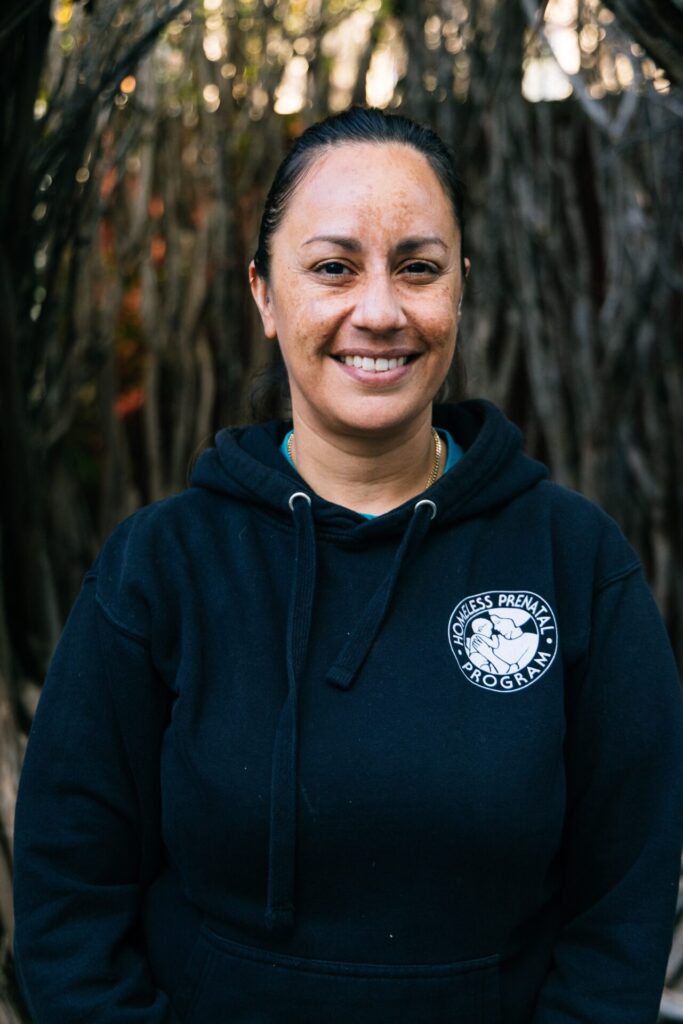
Linda has spent 12 years on HPP’s operations team, helping run the Food Bank’s weekly food distributions. She says stories like Mike’s and Rashawna’s show just how powerful the partnership between HPP and the Food Bank really is. “What’s special about Homeless Prenatal is serving the community and seeing all these beautiful little children thrive,” she says. “It takes a village to raise a child, but it takes a village to raise a community. This is it. This is the village.”
But with shrinking budgets and looming cuts on all levels of government, she’s worried about how much support HPP will be able to provide. And Food Bank contributions are more essential than ever.
“Right now, San Francisco-Marin Food Bank is our only source of fresh fruits and vegetables,” Linda says. “Due to the budget cuts, we no longer have different resources… we rely on the Food Bank.”
She remembers when HPP could assemble Mom Boxes filled with peanut butter, rice, beans, apples, and chicken. They’d then supplement them with Food Bank extras to round out the meal. But those boxes are no longer possible. “Now we’re just giving Food Bank food,” Linda says. “People are thankful, but it’s hard to see a mom walk away without a bag, especially when she’s picking up right before school drop-off.”
That strain isn’t unique to HPP. Across the Food Bank’s network, staff and volunteers are bracing for what comes next. Lucia Ruiz, a Senior Program Manager at the San Francisco-Marin Food Bank, hears that uncertainty every day.
“We don’t know yet exactly how federal budget cuts are going to affect us, but we do expect there could be fewer of certain items coming in,” she says. “What we do know is that we’re incredibly grateful for the support of donors and community members — it’s what allows us to keep these programs going.”
Lucia says it’s that sense of community and commitment to showing up for each other that will carry partners like HPP through these uncertain times
“This pantry is more than a food distribution site,” she says. It’s a trusted hub where families get groceries, diapers, and other essentials,” she says. “Even during the pandemic, they kept their doors open. That tells you what kind of community this is.”


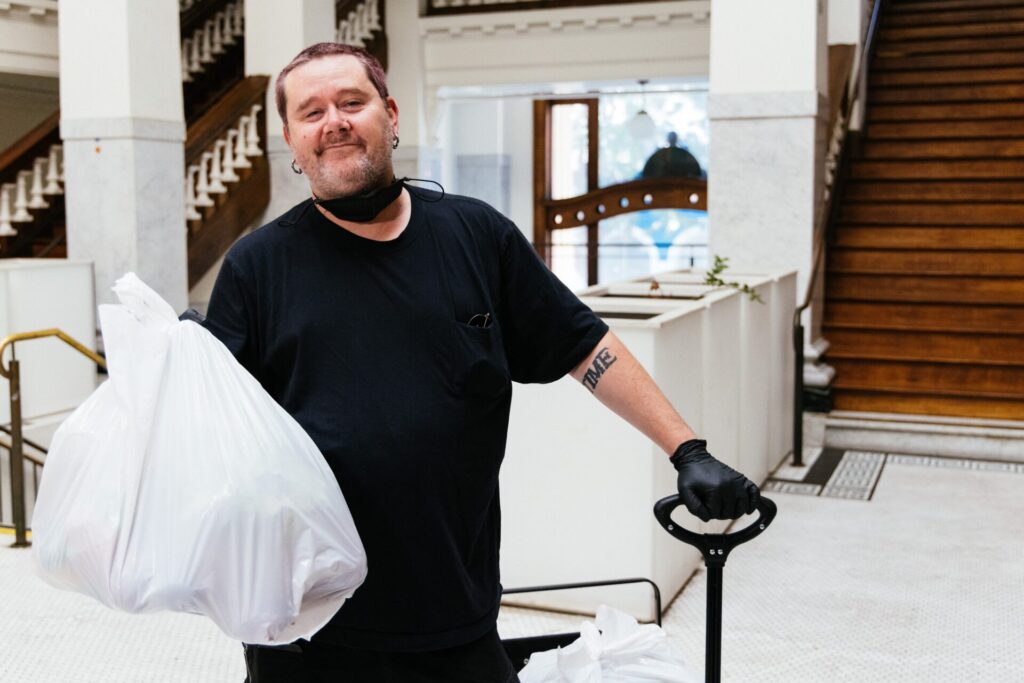
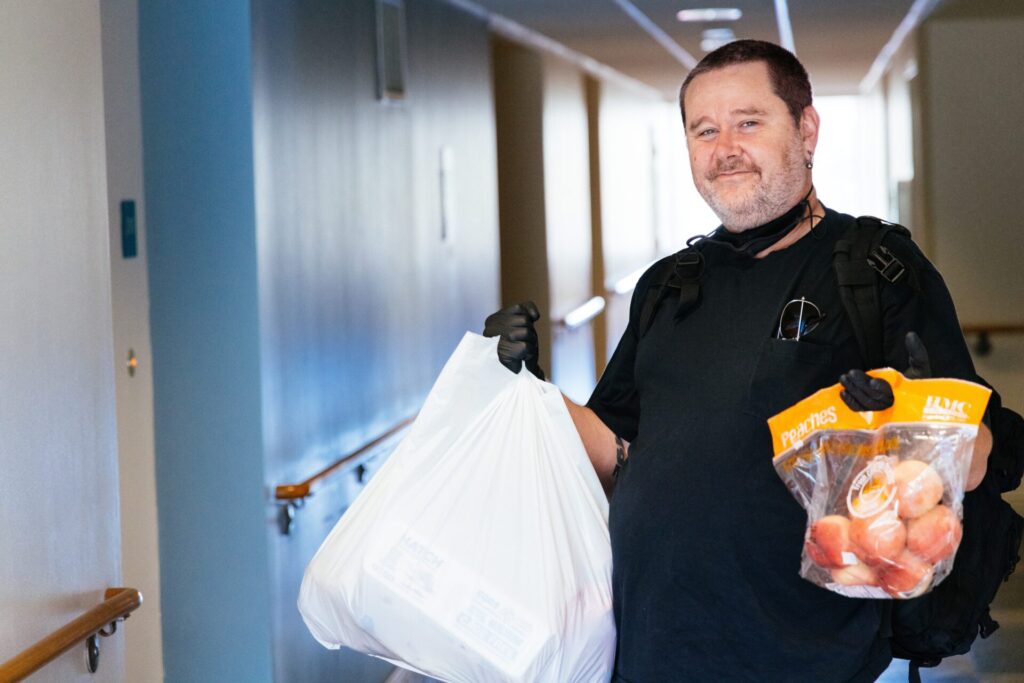
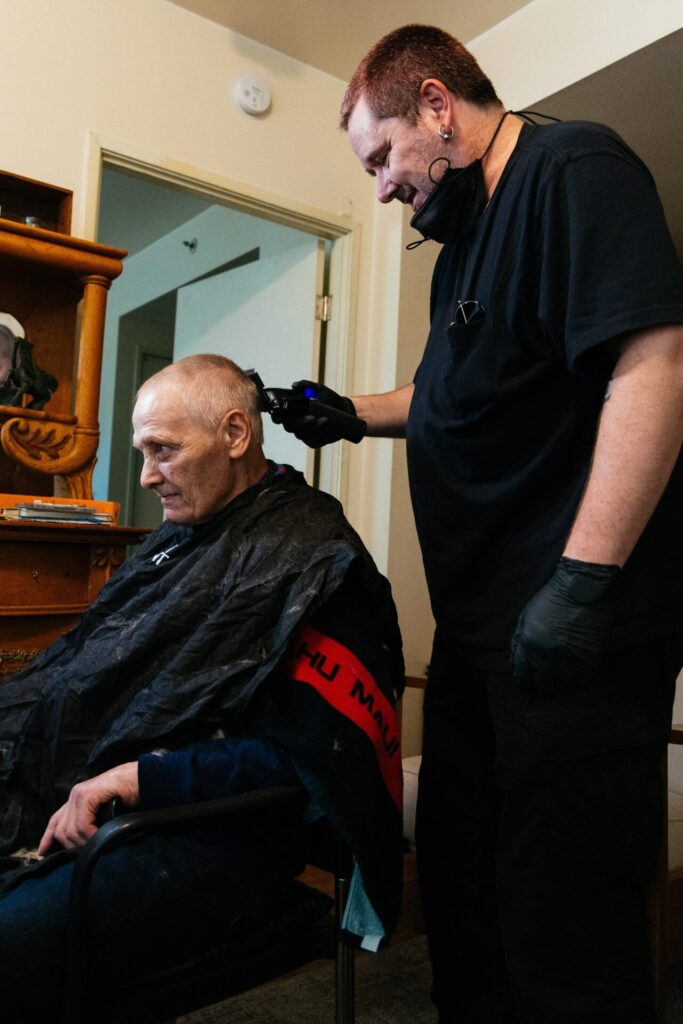
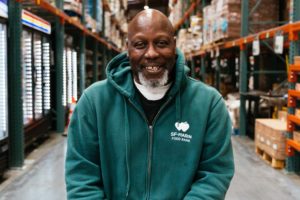 Step onto the shop floor at the Pennsylvania Warehouse and you’ll be greeted by racks filled with just about every item under the sun: fresh fruits and vegetables (of course), canned beans and proteins, fresh breads and pastries, eggs, frozen proteins like chicken breasts, and assorted dry, fresh, and frozen grocery items from supermarkets all over San Francisco.
Step onto the shop floor at the Pennsylvania Warehouse and you’ll be greeted by racks filled with just about every item under the sun: fresh fruits and vegetables (of course), canned beans and proteins, fresh breads and pastries, eggs, frozen proteins like chicken breasts, and assorted dry, fresh, and frozen grocery items from supermarkets all over San Francisco. 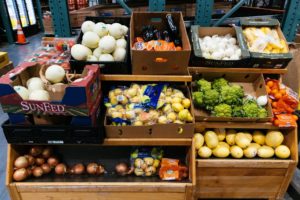 Henry says that lately, “demand is very high, with a limited supply,” because of inflation and supply chain issues, driving home the need for continued support from our community as we strive to keep our shop floor racks full for our neighbors and partners.
Henry says that lately, “demand is very high, with a limited supply,” because of inflation and supply chain issues, driving home the need for continued support from our community as we strive to keep our shop floor racks full for our neighbors and partners. 
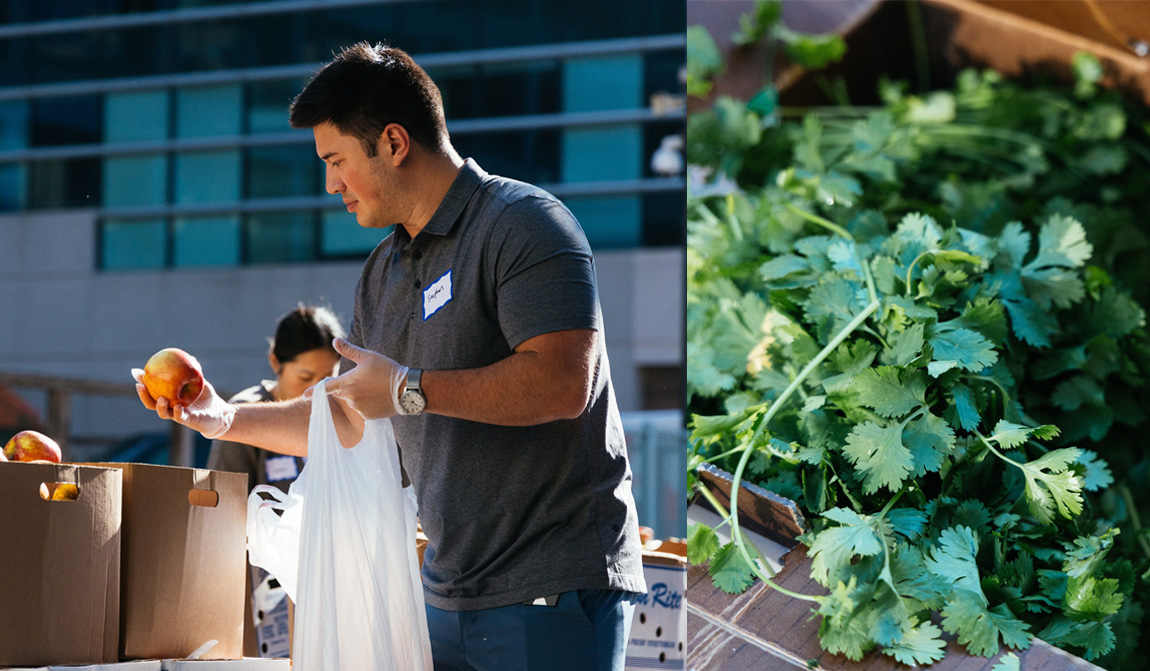
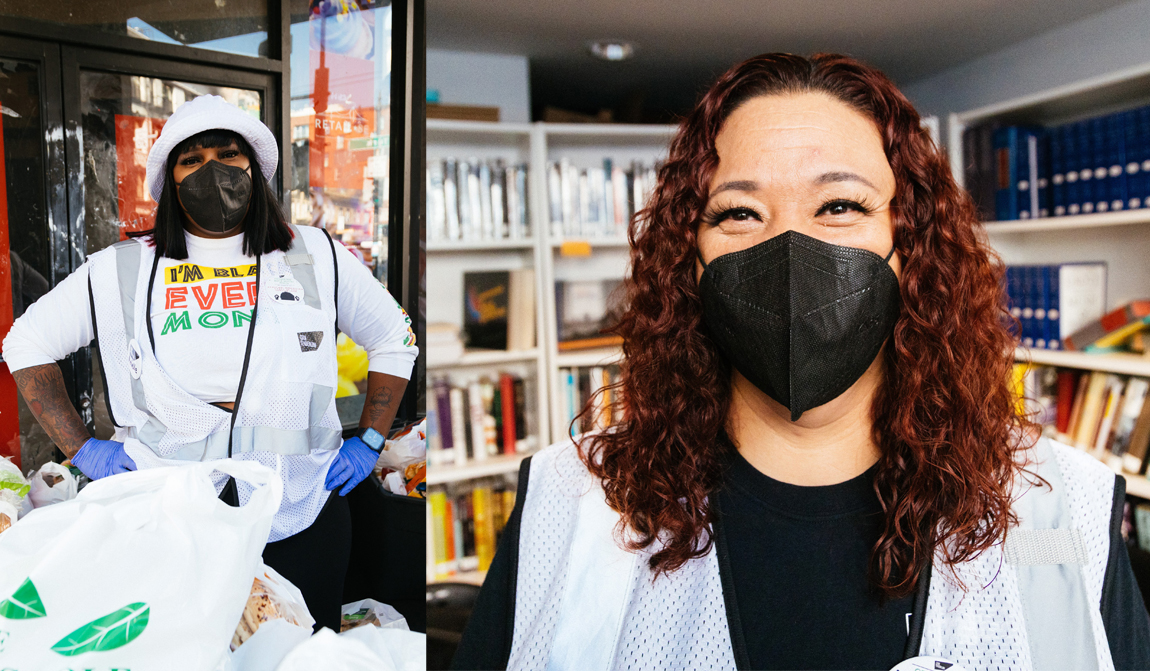
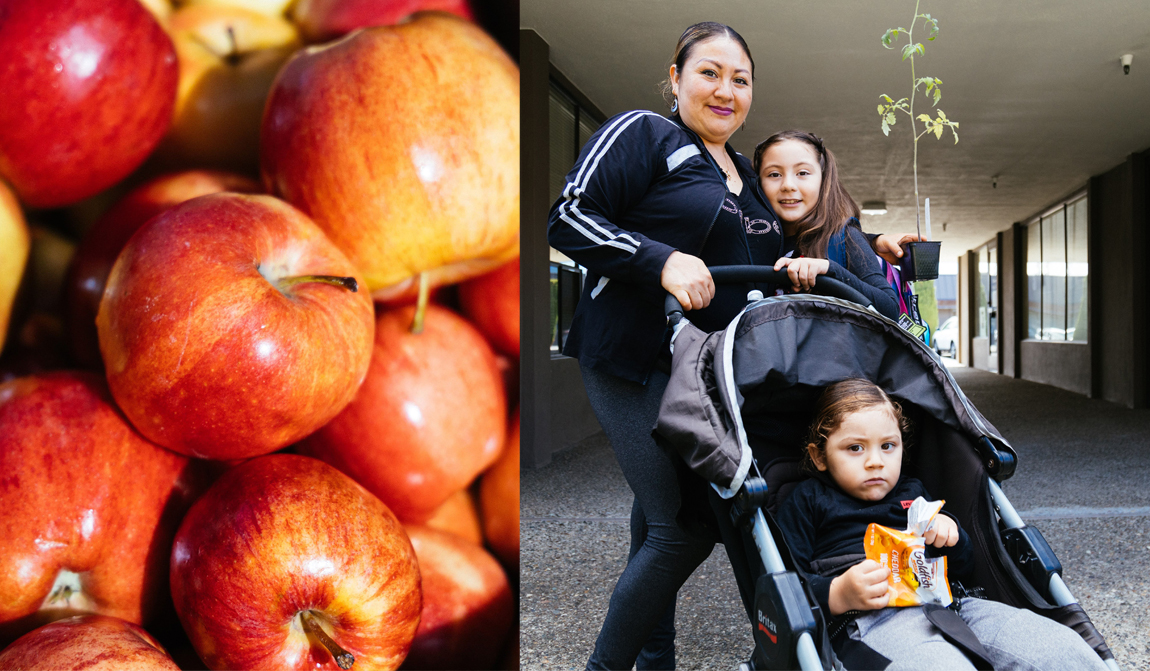
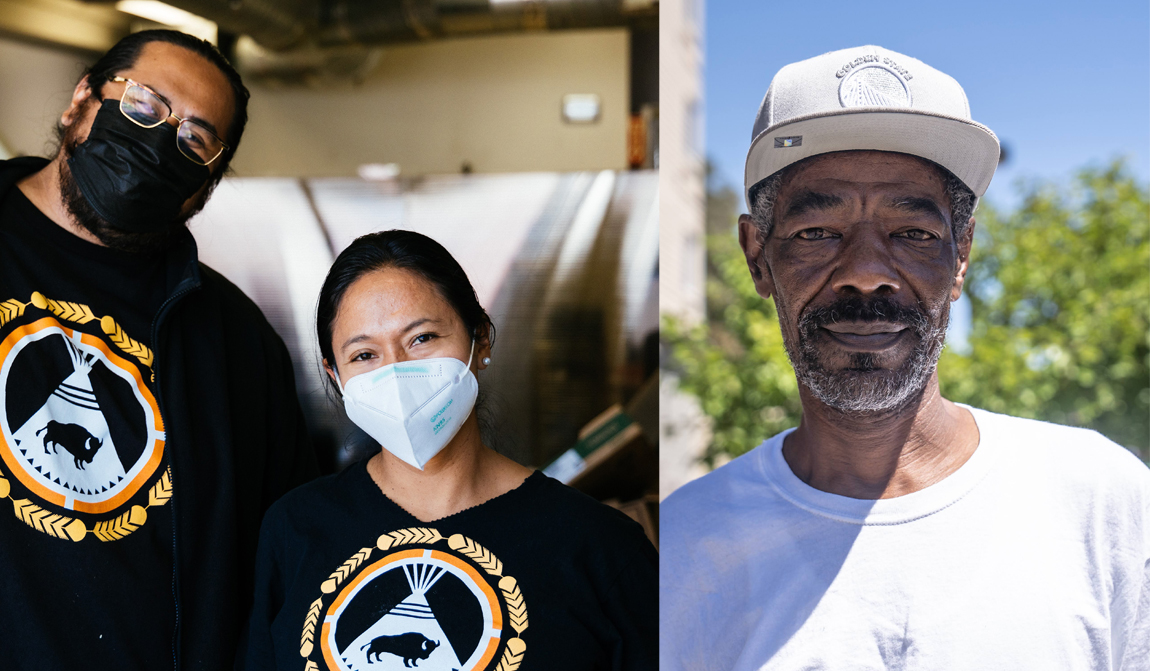
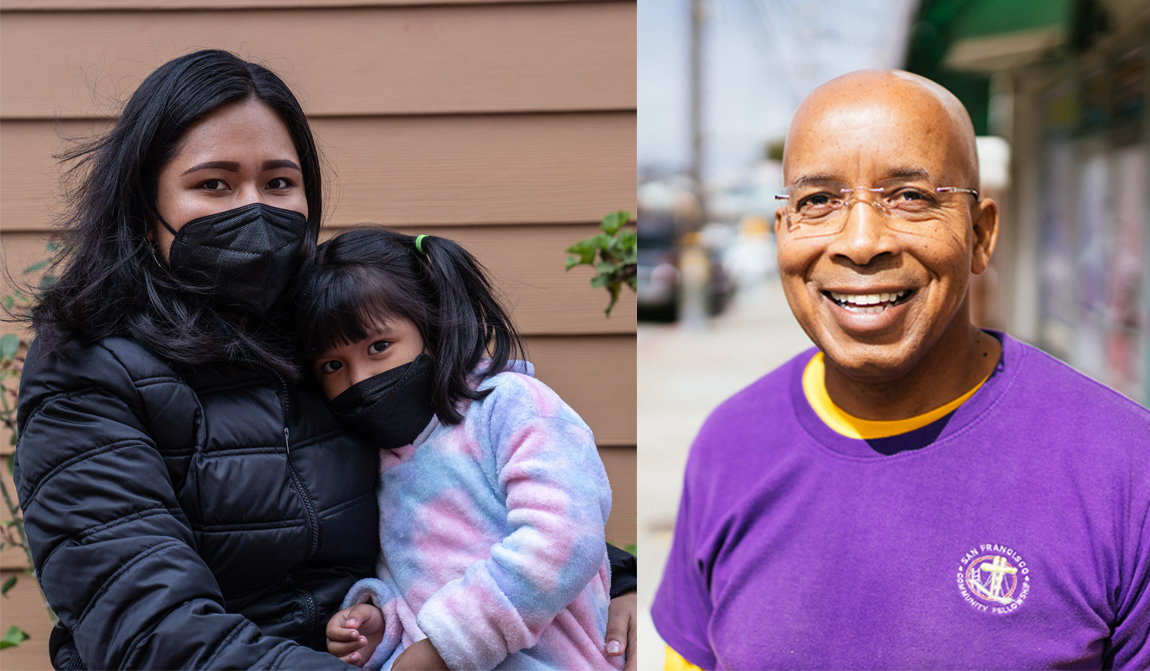
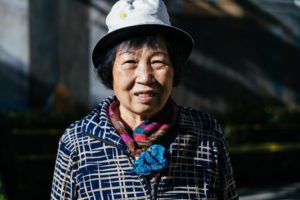 We met Hui Yu at her neighborhood pantry in the SOMA district, where she volunteers regularly and picks up groceries for her and her husband as well. Prior to retirement, Hui Yu worked in a restaurant kitchen, so she’s no stranger to feeding others. Now, she often cooks meals for friends in her senior living facility who can’t make it out to the pantry. Poultry was at the top of Hui Yu’s list as a holiday main: “
We met Hui Yu at her neighborhood pantry in the SOMA district, where she volunteers regularly and picks up groceries for her and her husband as well. Prior to retirement, Hui Yu worked in a restaurant kitchen, so she’s no stranger to feeding others. Now, she often cooks meals for friends in her senior living facility who can’t make it out to the pantry. Poultry was at the top of Hui Yu’s list as a holiday main: “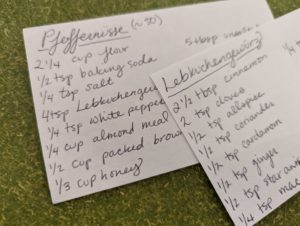 cookies)
cookies)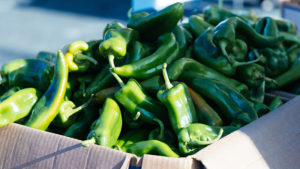 basis, traditional recipes that comes down from your family. My favorite recipe that was passed down to me is my mother’s okra.” At first thoughtfully pondering what else makes up her usual holiday table, Barbara began quickly listing other favorites: “
basis, traditional recipes that comes down from your family. My favorite recipe that was passed down to me is my mother’s okra.” At first thoughtfully pondering what else makes up her usual holiday table, Barbara began quickly listing other favorites: “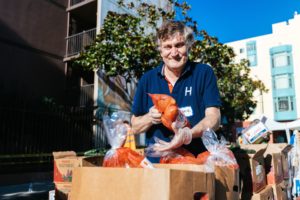 neighborhood pantry. He’s a military retiree and a volunteer at his local pantry, where he also picks up groceries for him and his wife. For his family, the holidays are about the joining of different traditions. “I have a traditional turkey dinner, where I usually go up to my sister’s house for Thanksgiving. And then I host a turkey dinner for my wife’s family. My wife’s Chinese, so we tend to do Chinese vegetables, mashed potatoes and cranberries [on the side].”
neighborhood pantry. He’s a military retiree and a volunteer at his local pantry, where he also picks up groceries for him and his wife. For his family, the holidays are about the joining of different traditions. “I have a traditional turkey dinner, where I usually go up to my sister’s house for Thanksgiving. And then I host a turkey dinner for my wife’s family. My wife’s Chinese, so we tend to do Chinese vegetables, mashed potatoes and cranberries [on the side].”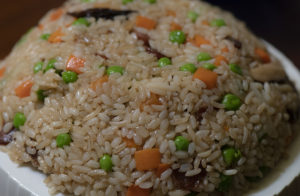 As Program Manager at the Food Bank, Kim is around good food quite a bit! But nothing quite compares to her family recipe for naw mai fan. “This is my mom’s recipe. She learned how to make this from my grandmother, an immigrant from the
As Program Manager at the Food Bank, Kim is around good food quite a bit! But nothing quite compares to her family recipe for naw mai fan. “This is my mom’s recipe. She learned how to make this from my grandmother, an immigrant from the 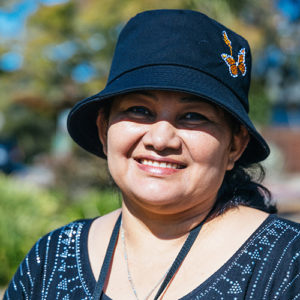 Sharing is caring! María is a mom, volunteer, and pantry participant in San Rafael. She told us that her family embraces potlucks during the holidays, but also for camping trips and other gatherings throughout the year.
Sharing is caring! María is a mom, volunteer, and pantry participant in San Rafael. She told us that her family embraces potlucks during the holidays, but also for camping trips and other gatherings throughout the year. 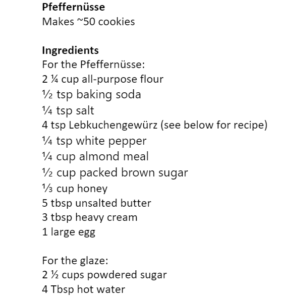
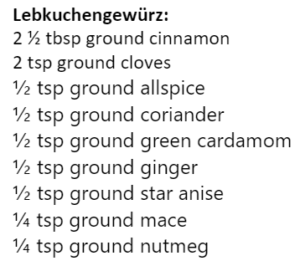
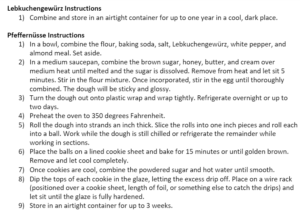
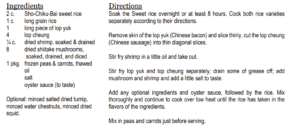
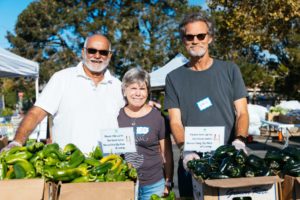 COVID Pantry Pivots
COVID Pantry Pivots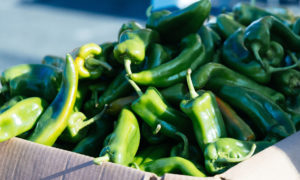
Share